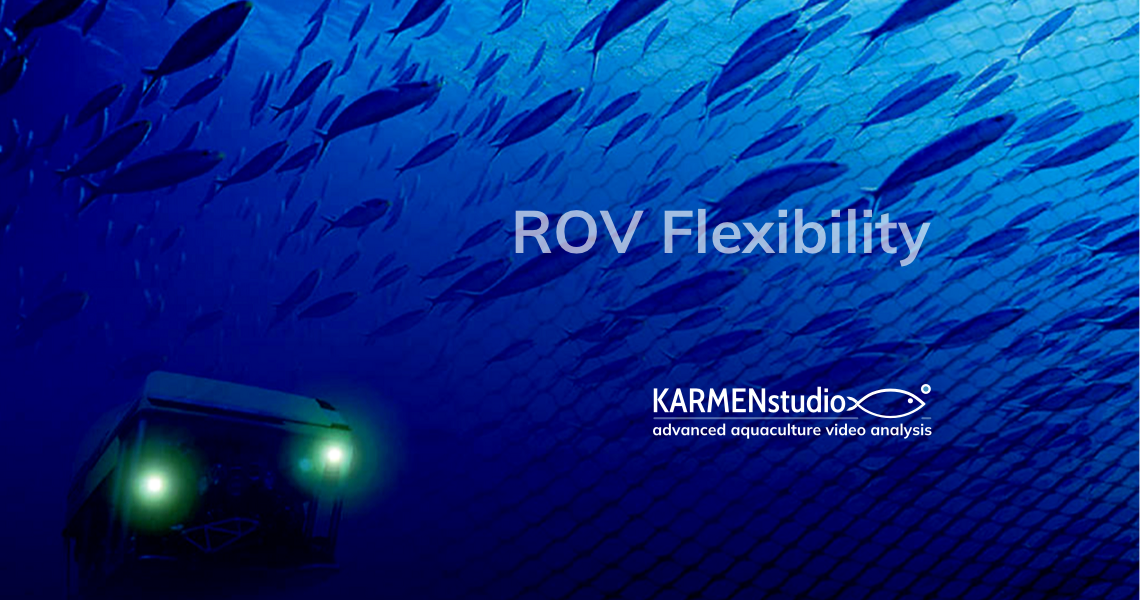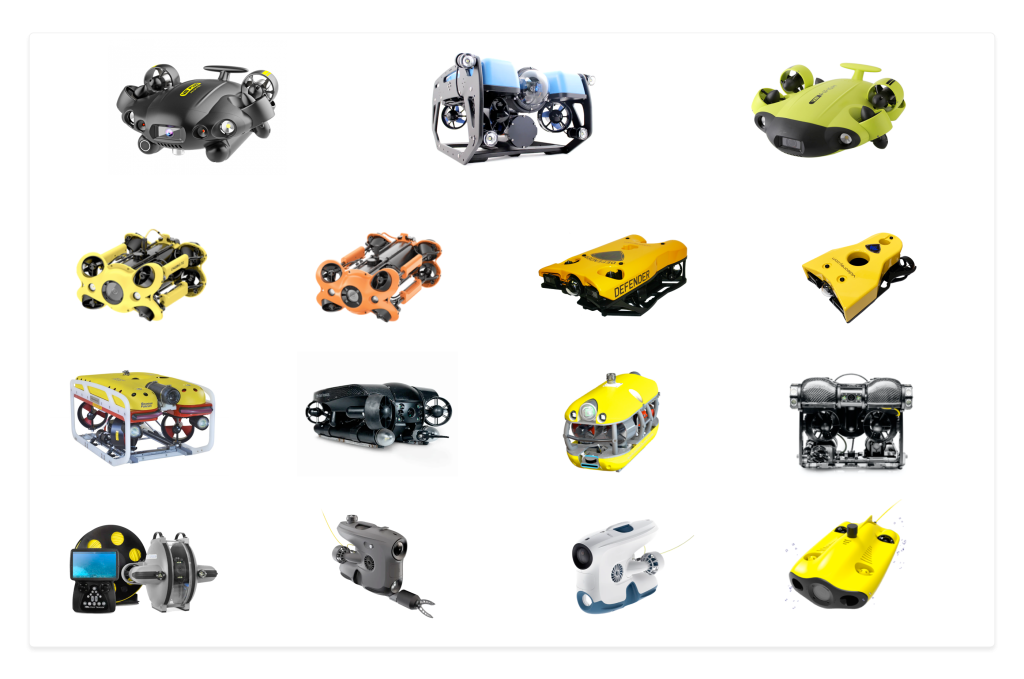
ROV Flexibility: The Importance of Maneuverability in ROVs for Aquaculture Inspection
Maneuverability is the ability of an ROV to move quickly and precisely in different directions. Following the recording protocol for video analysis in aquaculture inspection is essential.
A well-designed ROV with multiple thrusters distributed along the x, y, and z axes can provide better maneuverability and omnidirectional movement.
Skilled ROV operators can compensate for the lack of thrusters, but maneuverability is particularly important in the context of aquaculture inspection for navigating around obstacles such as nets, ropes, and fish cages, which may be difficult to avoid even for skilled ROV pilots.
ROVs typically use thrusters to generate the necessary propulsion and control their movement. However, ROV maneuverability can also be enhanced by advanced control systems and sensors. For example, some ROVs use active roll and pitch control to maintain stability in rough water conditions. Others use sensors, such as sonars or cameras, to provide real-time feedback on the ROV’s position and orientation, which can improve its ability to navigate around obstacles and execute precise movements and demanding mapping of the cage nets protocols.
Efficient video recording is crucial for ensuring the quality and success of AI video analysis of the fish and nets inspections Therefore, the ROV should have a high maneuverability to ensure precise and accurate movements, and the operator should be well-trained and experienced in maneuvering the ROV in the aquaculture environment.

